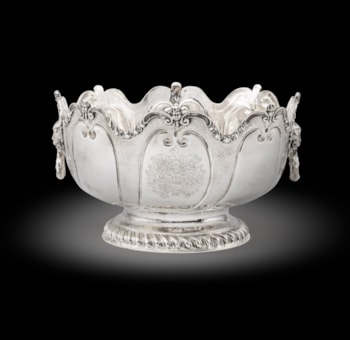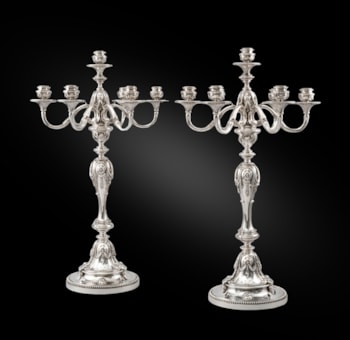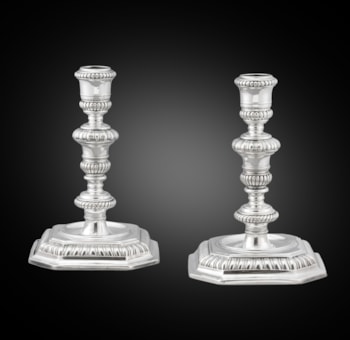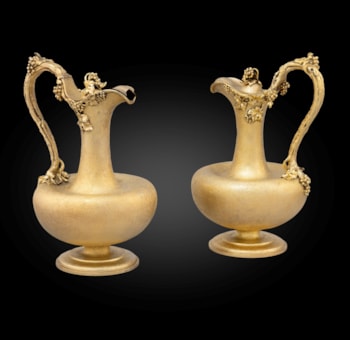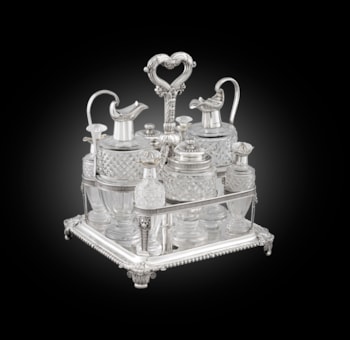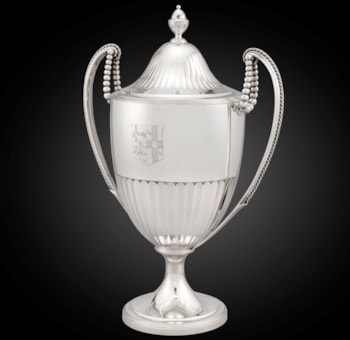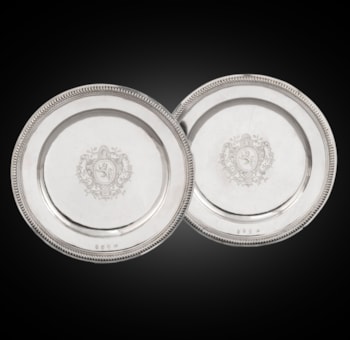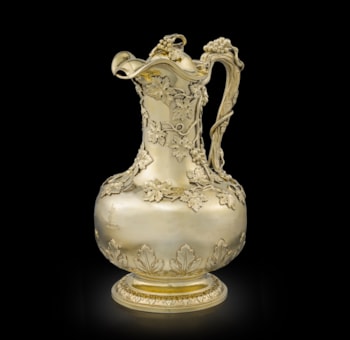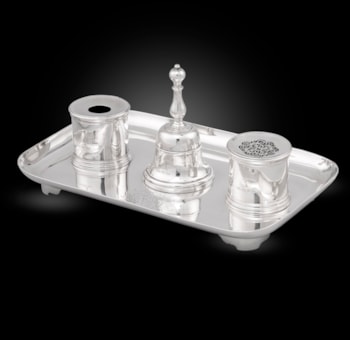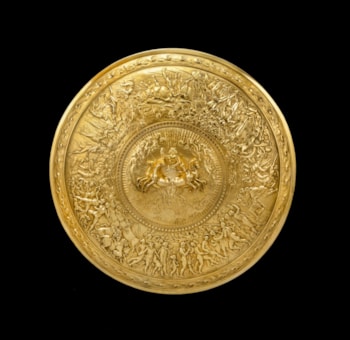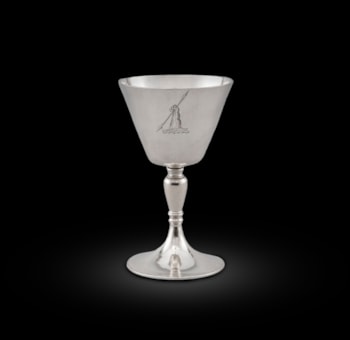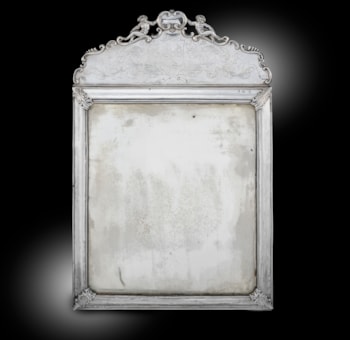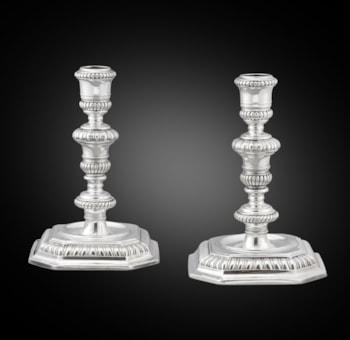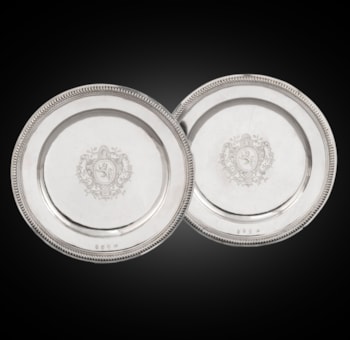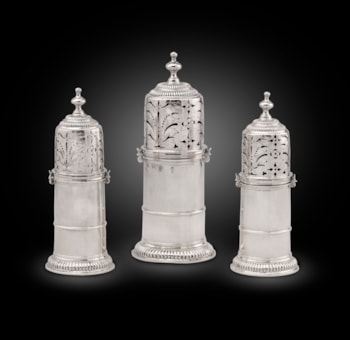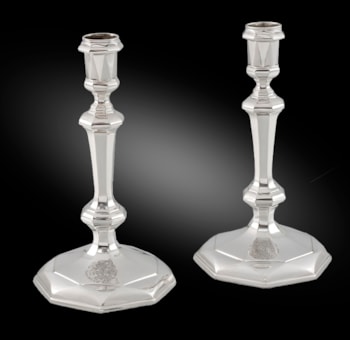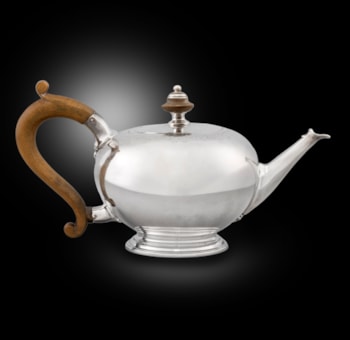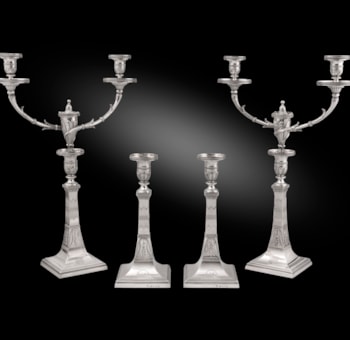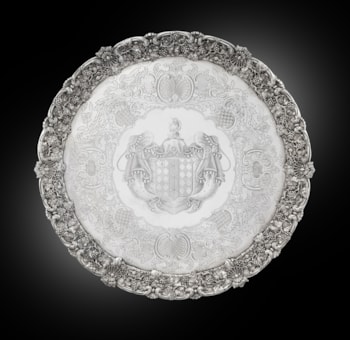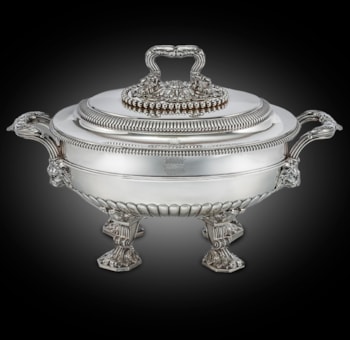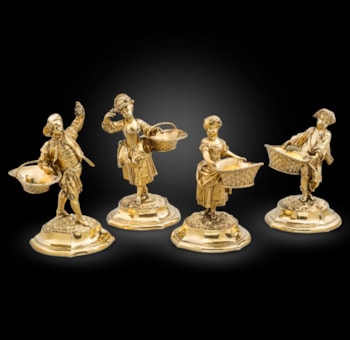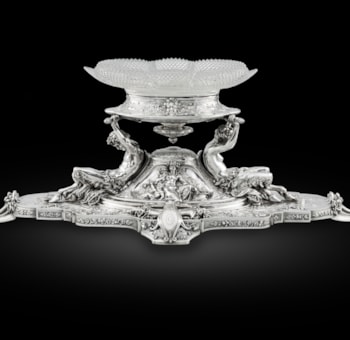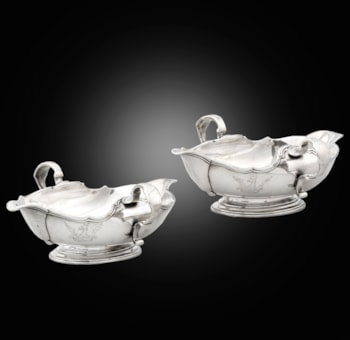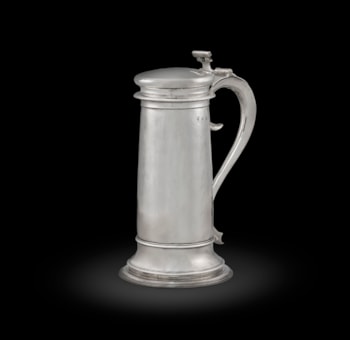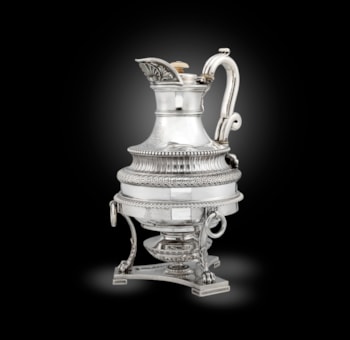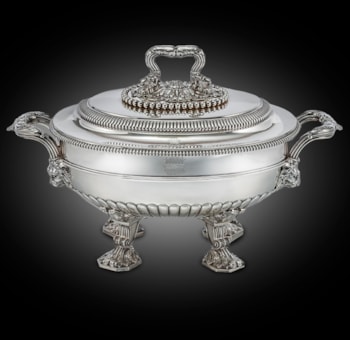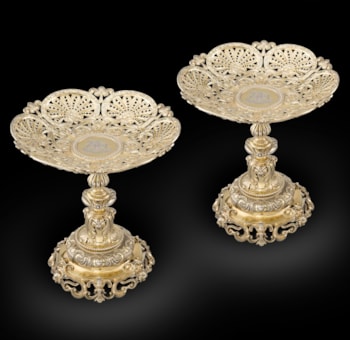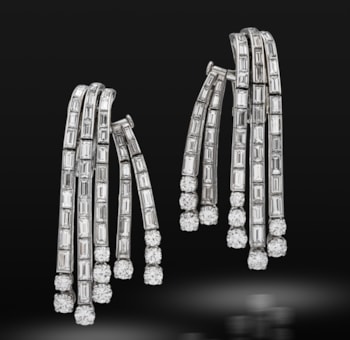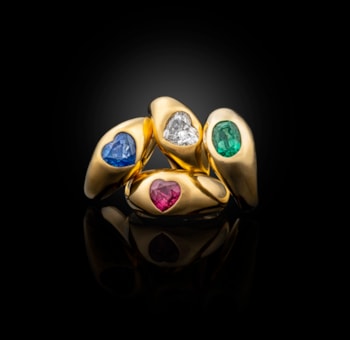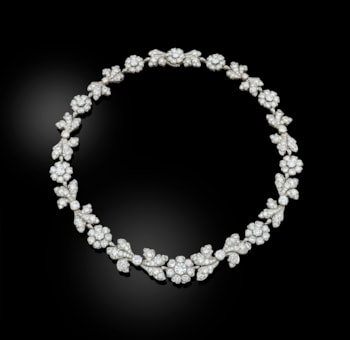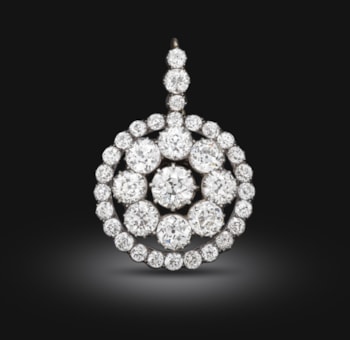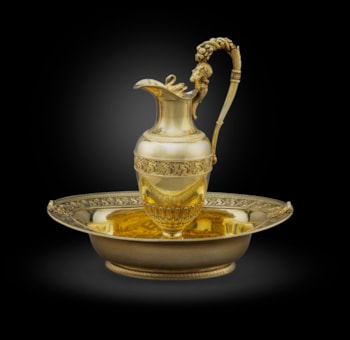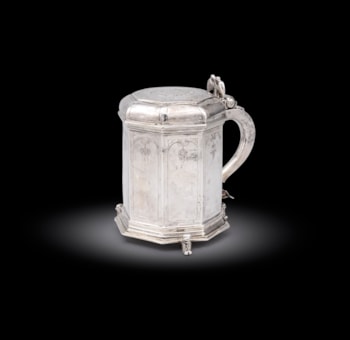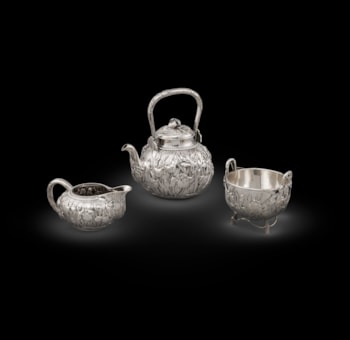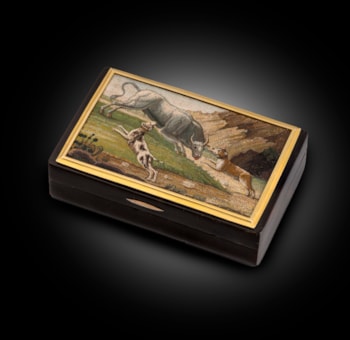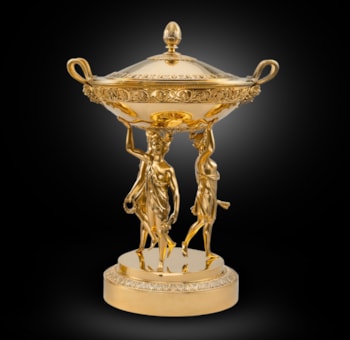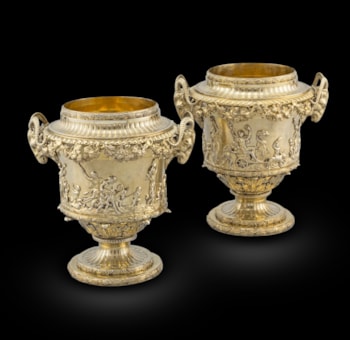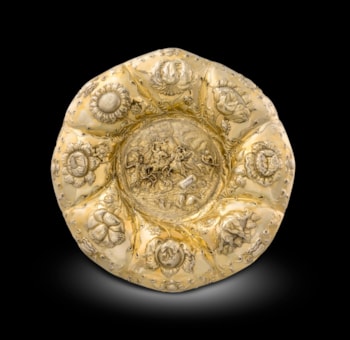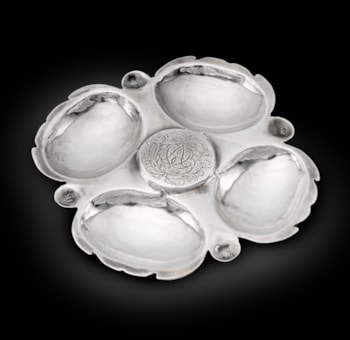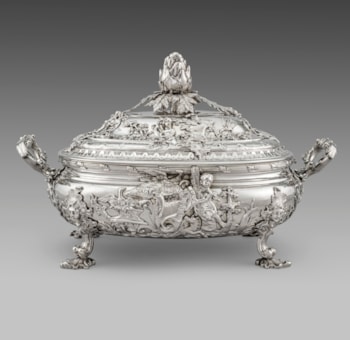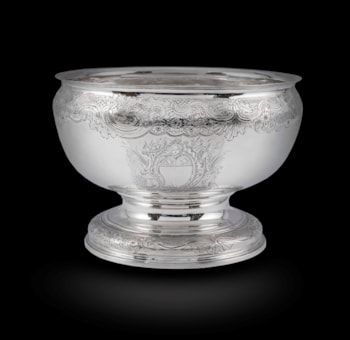 BACK TO LIST
BACK TO LIST
Directors Choice – A Royal Queen Anne Toilet Service
The inner sanctum of the grand houses during this period would have invited only the closest friends and esteemed guests to accompany the lady of the house as she prepared for an occasion. The word toilet comes from the French toile meaning 'cloth', and toilette ('little cloth') first came to mean the morning routine of washing, tidying hair, shaving and applying make-up as appropriate, from the cloth was often spread on the dressing-table where this was done. The most splendid silver would be on show to elevate the status of its owner, and to demonstrate their cognisance with the latest fashion of the period. The finest services were gilded to add further splendour to the silver.
The Diary of John Evelyn (31 October 1620 – 27 February 1706), a gentlemanly Royalist and virtuoso of the seventeenth century, was first published in 1818.
John Evelyn records in 1673 that Catherine Braganza had a set “All of massive gold, presented to her by the King, valued at £4,000”. This royal set comprises of twelve pieces and was commissioned for Princess Amelia Sophia Eleonor of Great Britain and executed in the finest quality by the goldsmith Benjamin Pyne. In 1715, he was appointed Subordinate Goldsmith for the coronation of the first Hanoverian king, George I, and in 1725 he was elected Prime Warden of the goldsmiths' guild. Pyne's work is often marked for its massiveness and simplicity. This service is so beautifully finished and of the utmost elegance that it is our Director’s Choice this week.
The Diary of John Evelyn (31 October 1620 – 27 February 1706), a gentlemanly Royalist and virtuoso of the seventeenth century, was first published in 1818.
John Evelyn records in 1673 that Catherine Braganza had a set “All of massive gold, presented to her by the King, valued at £4,000”. This royal set comprises of twelve pieces and was commissioned for Princess Amelia Sophia Eleonor of Great Britain and executed in the finest quality by the goldsmith Benjamin Pyne. In 1715, he was appointed Subordinate Goldsmith for the coronation of the first Hanoverian king, George I, and in 1725 he was elected Prime Warden of the goldsmiths' guild. Pyne's work is often marked for its massiveness and simplicity. This service is so beautifully finished and of the utmost elegance that it is our Director’s Choice this week.




